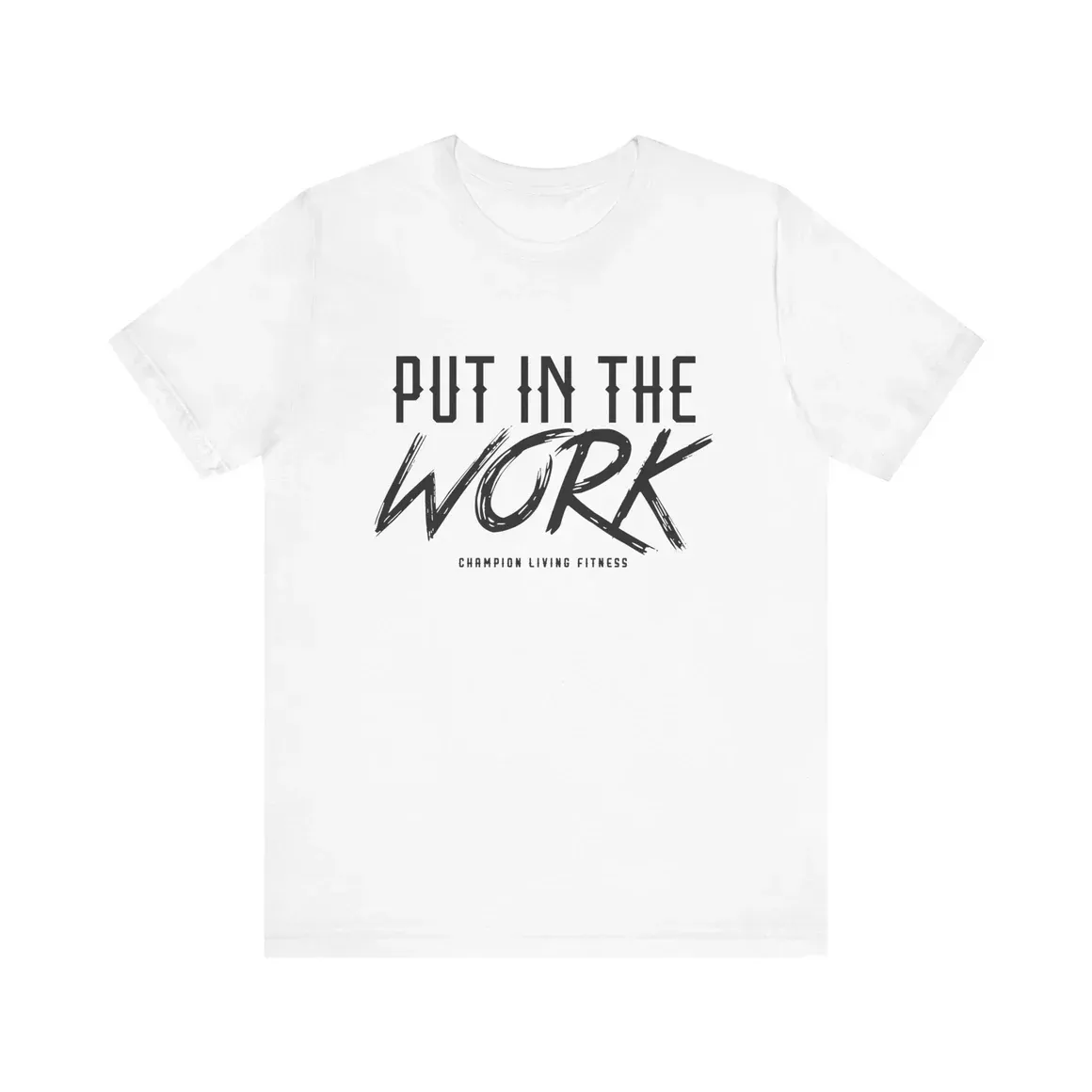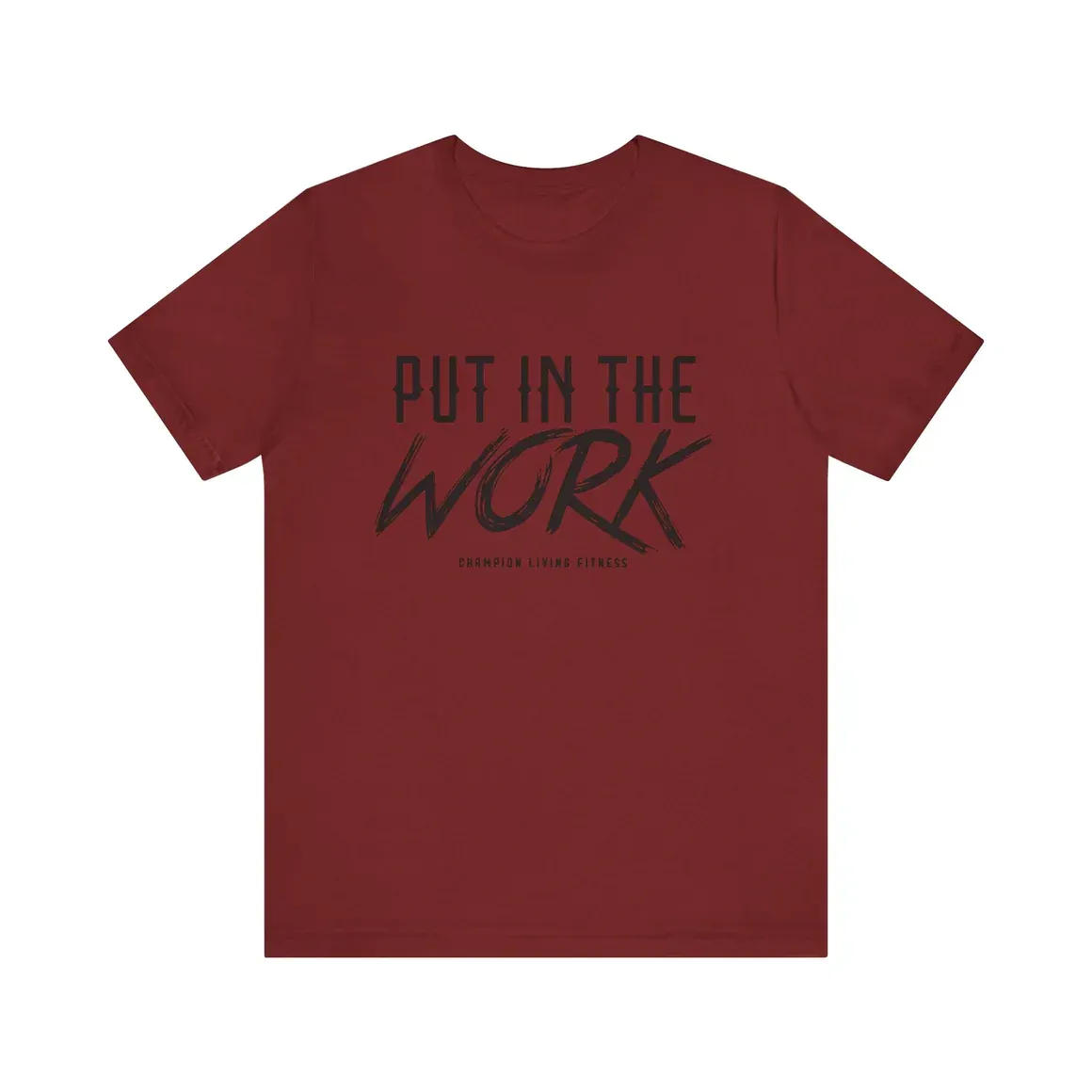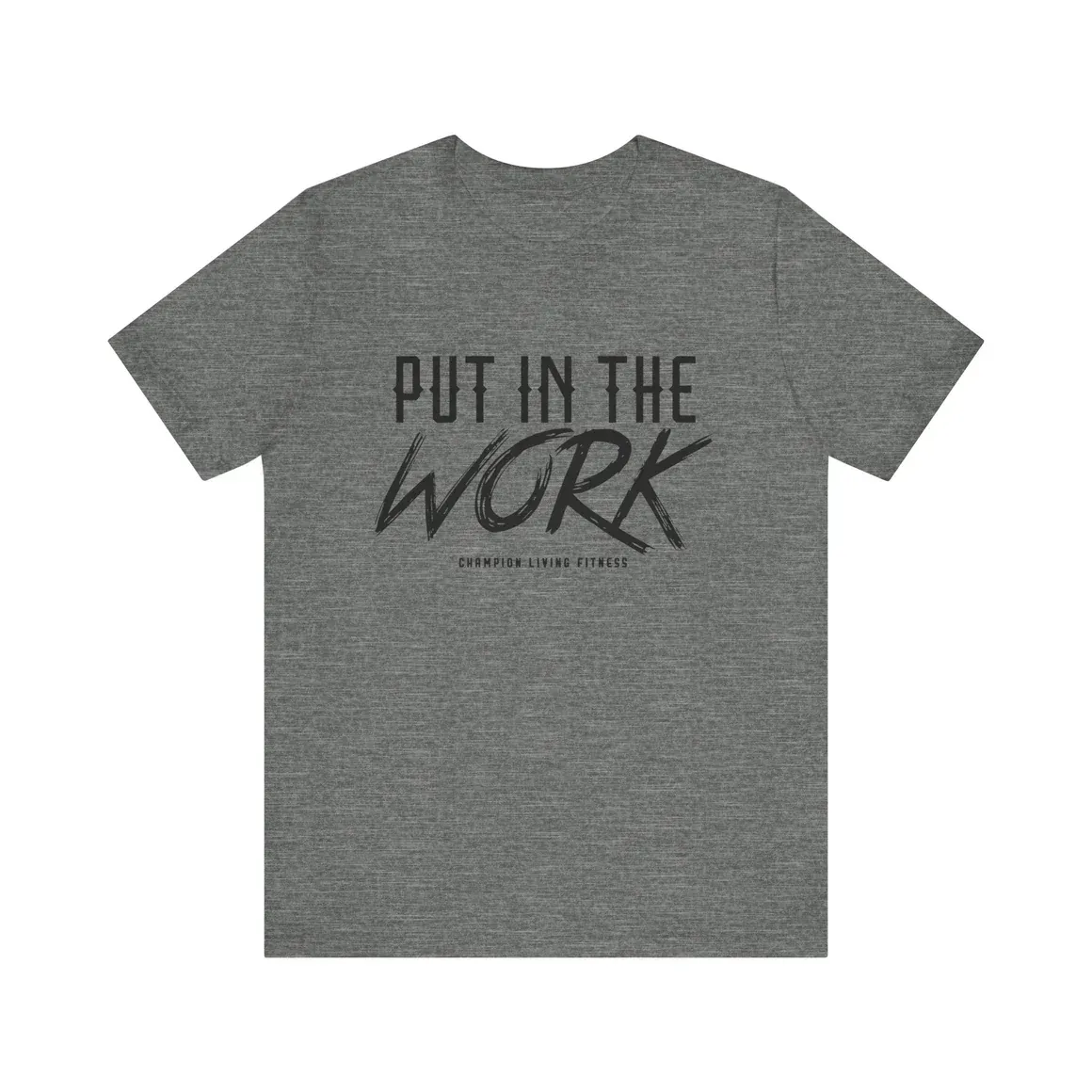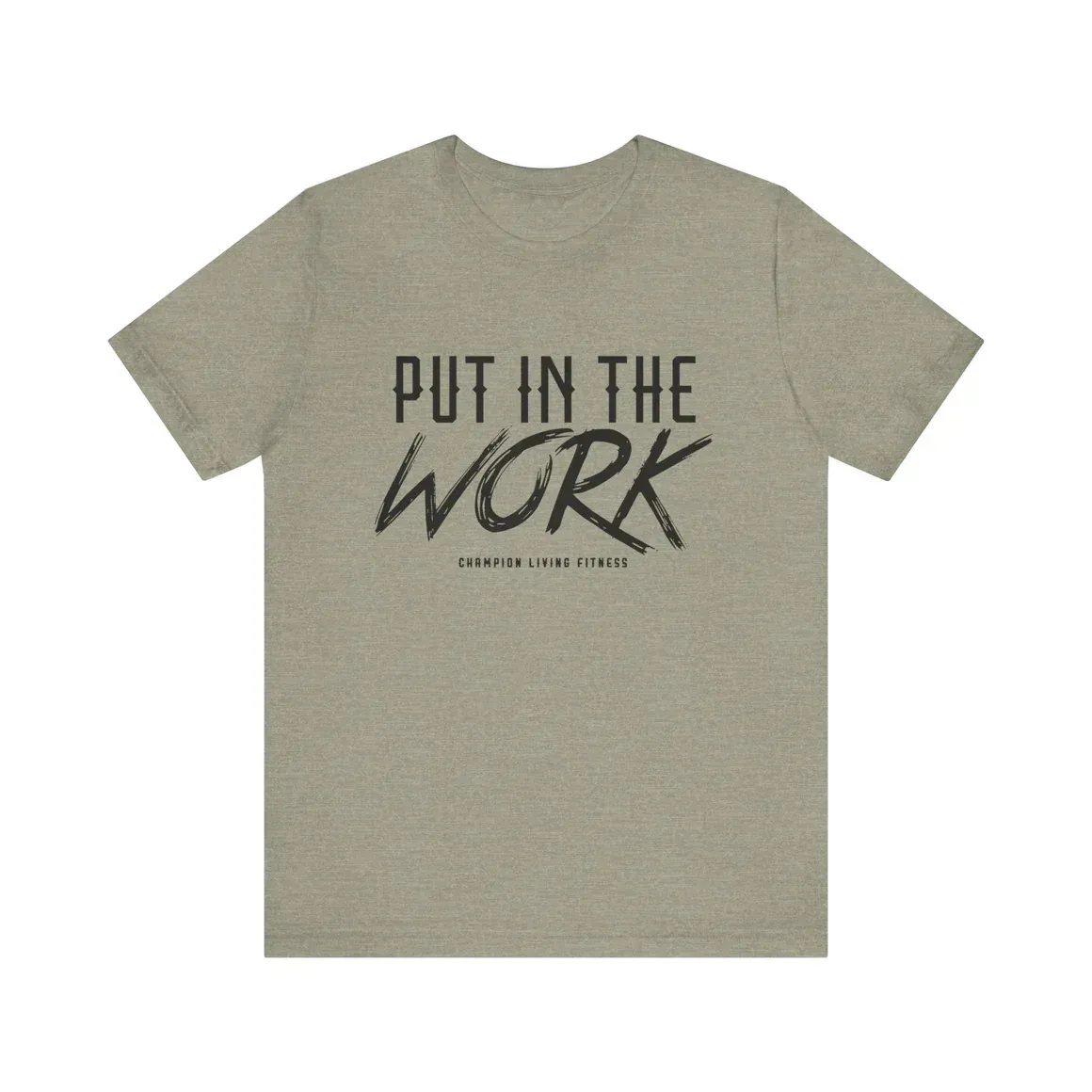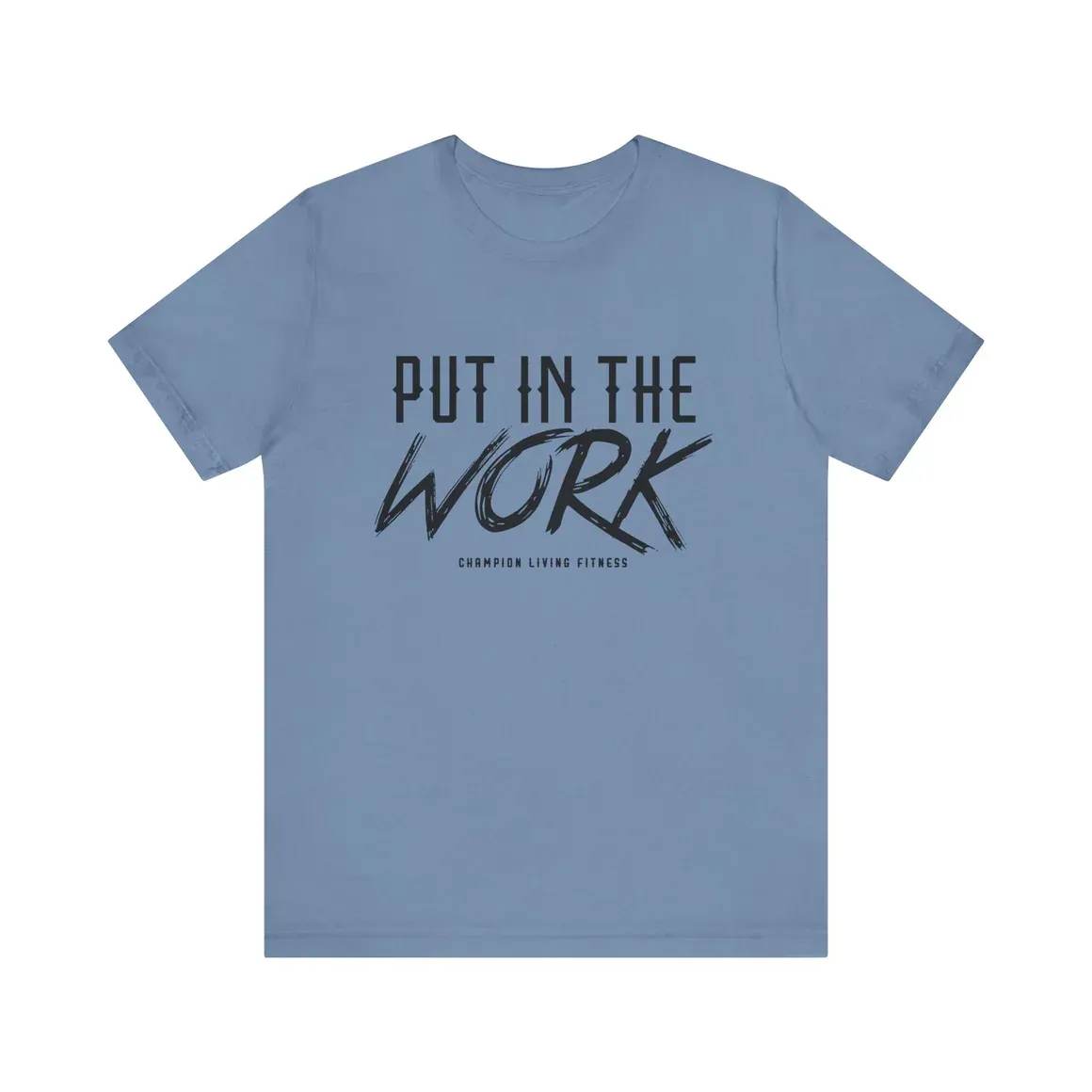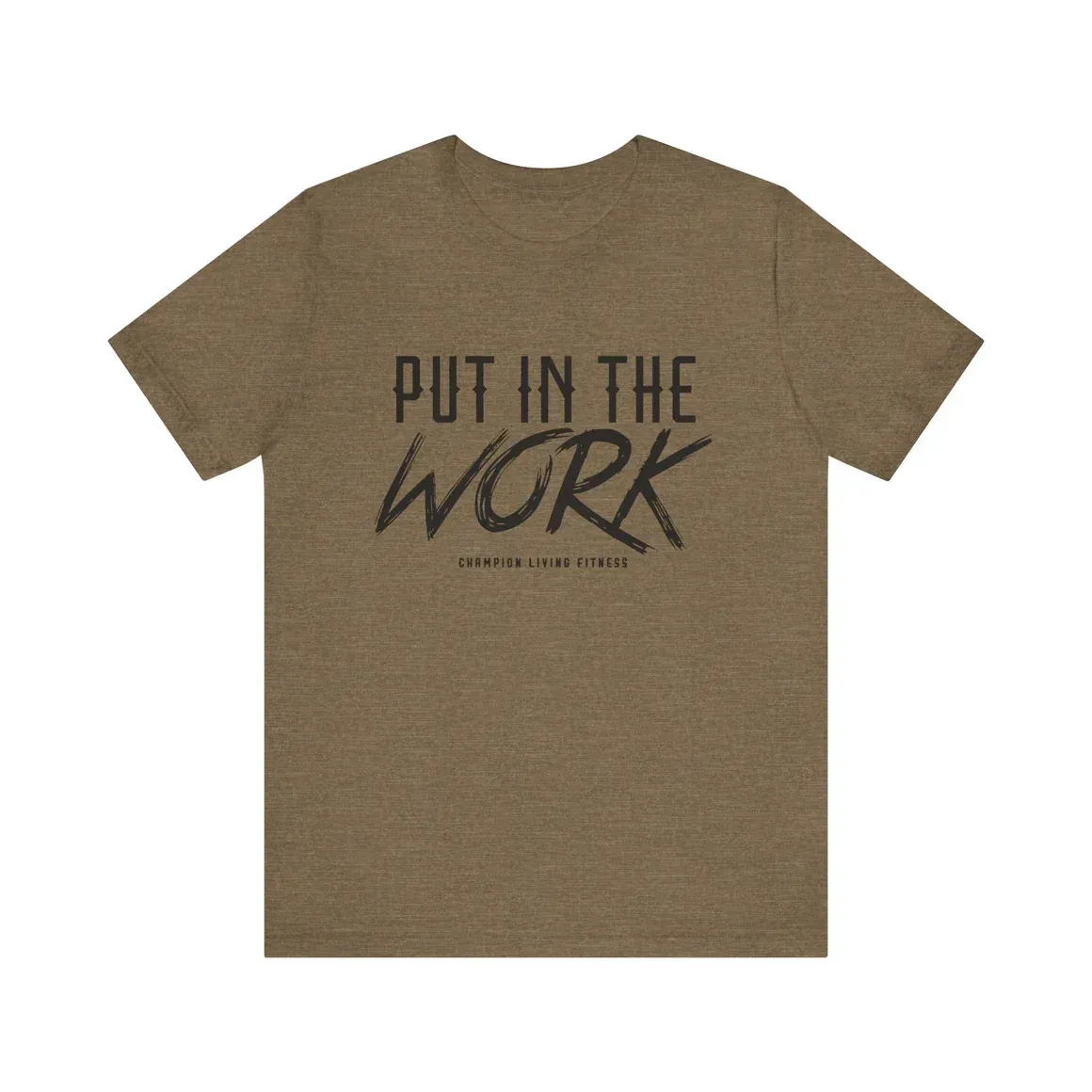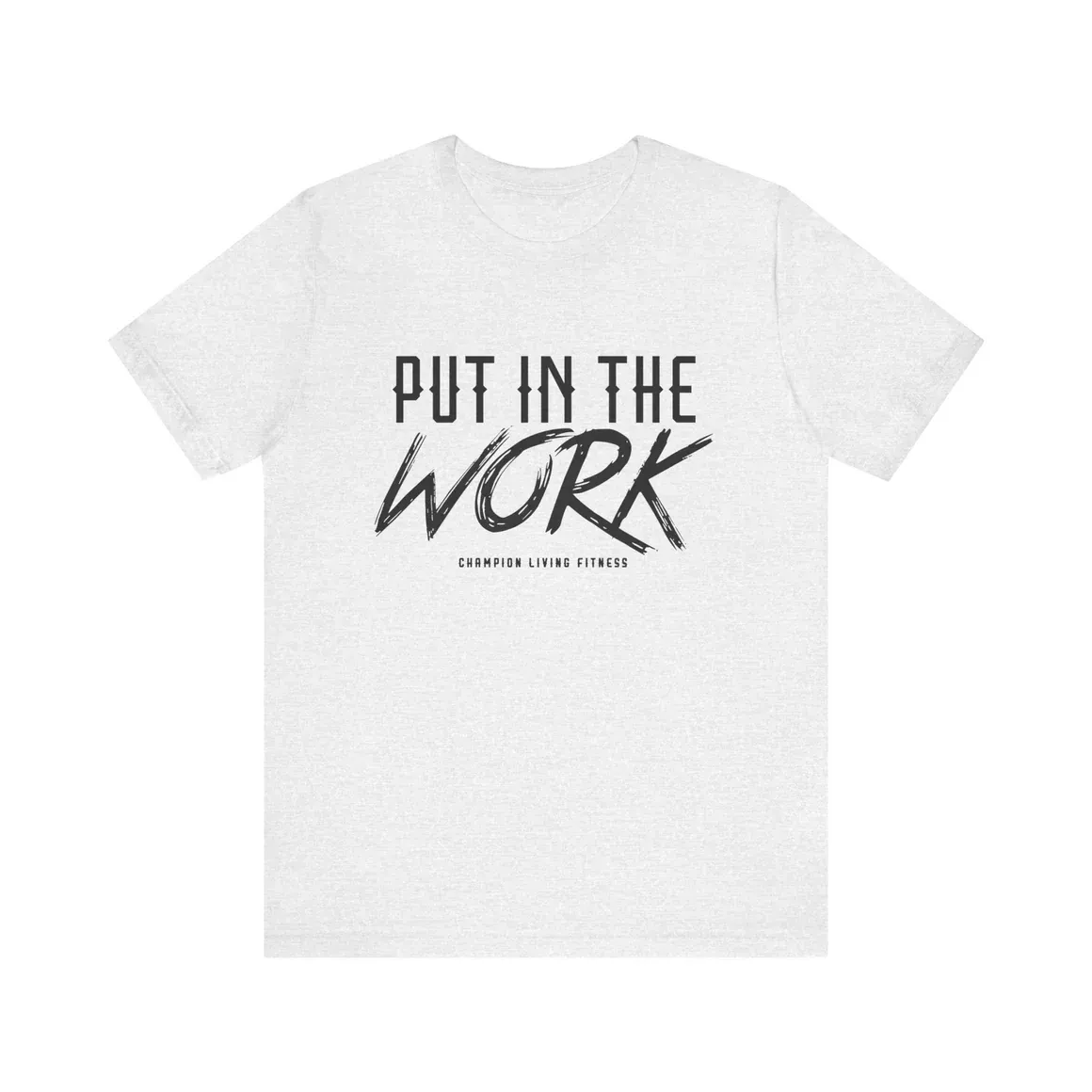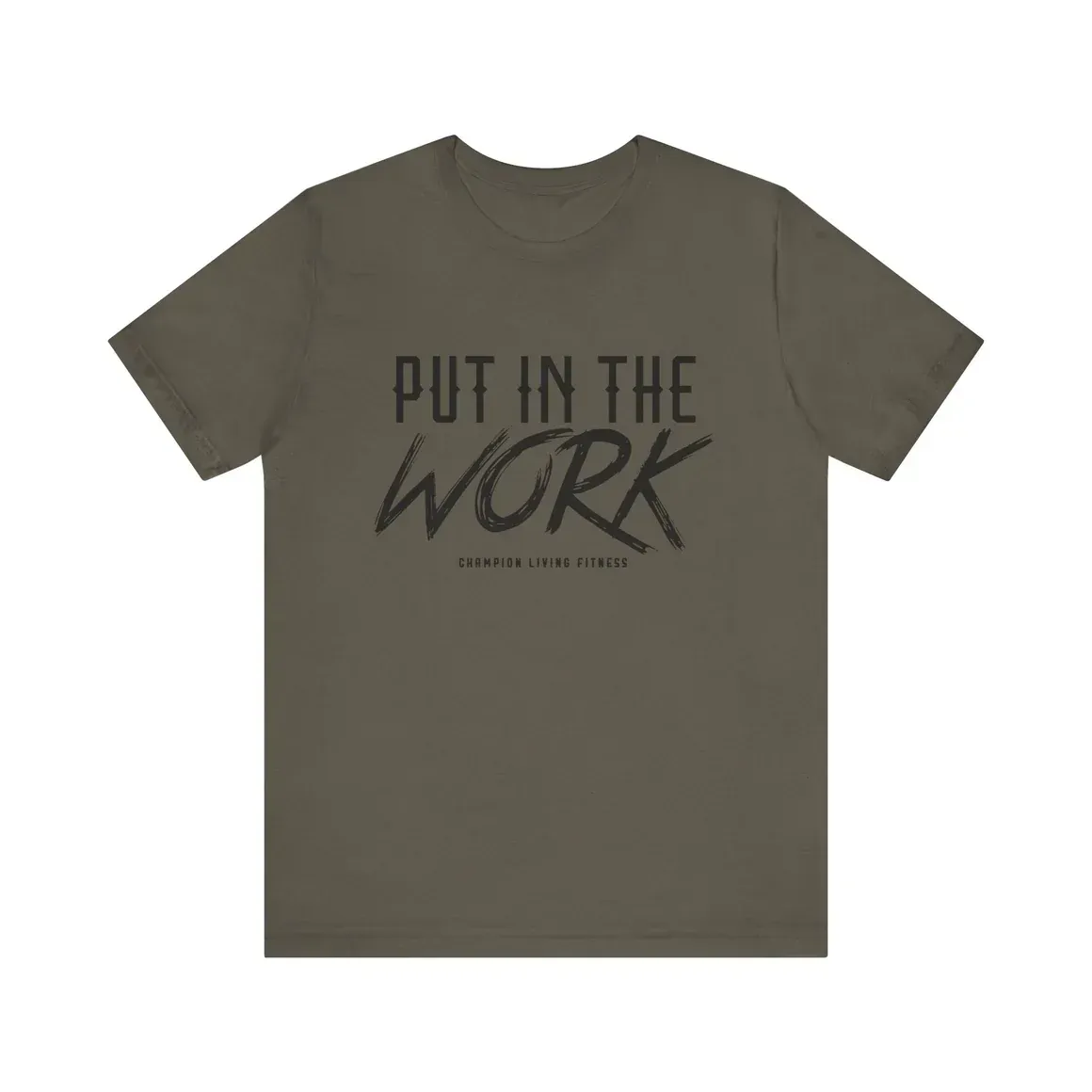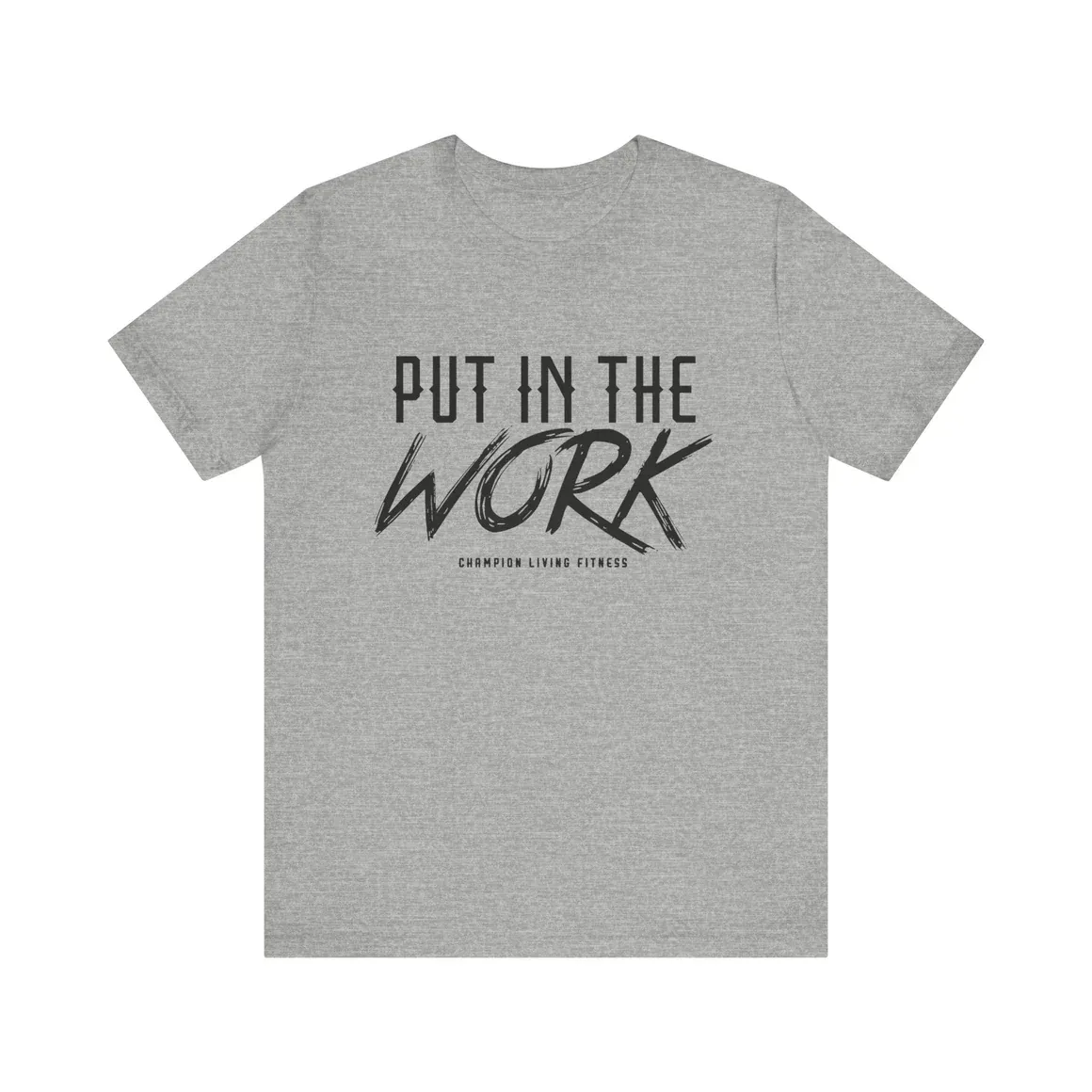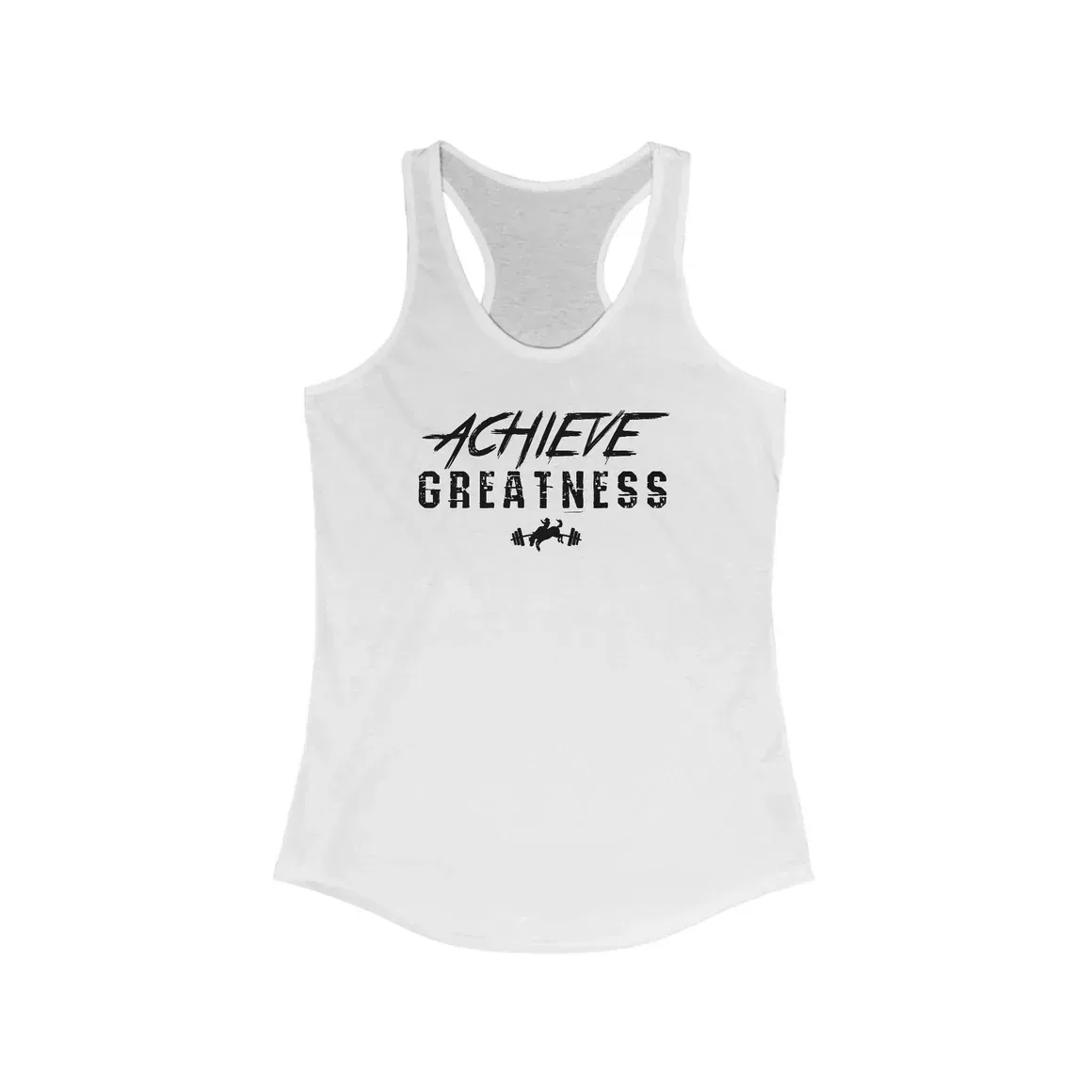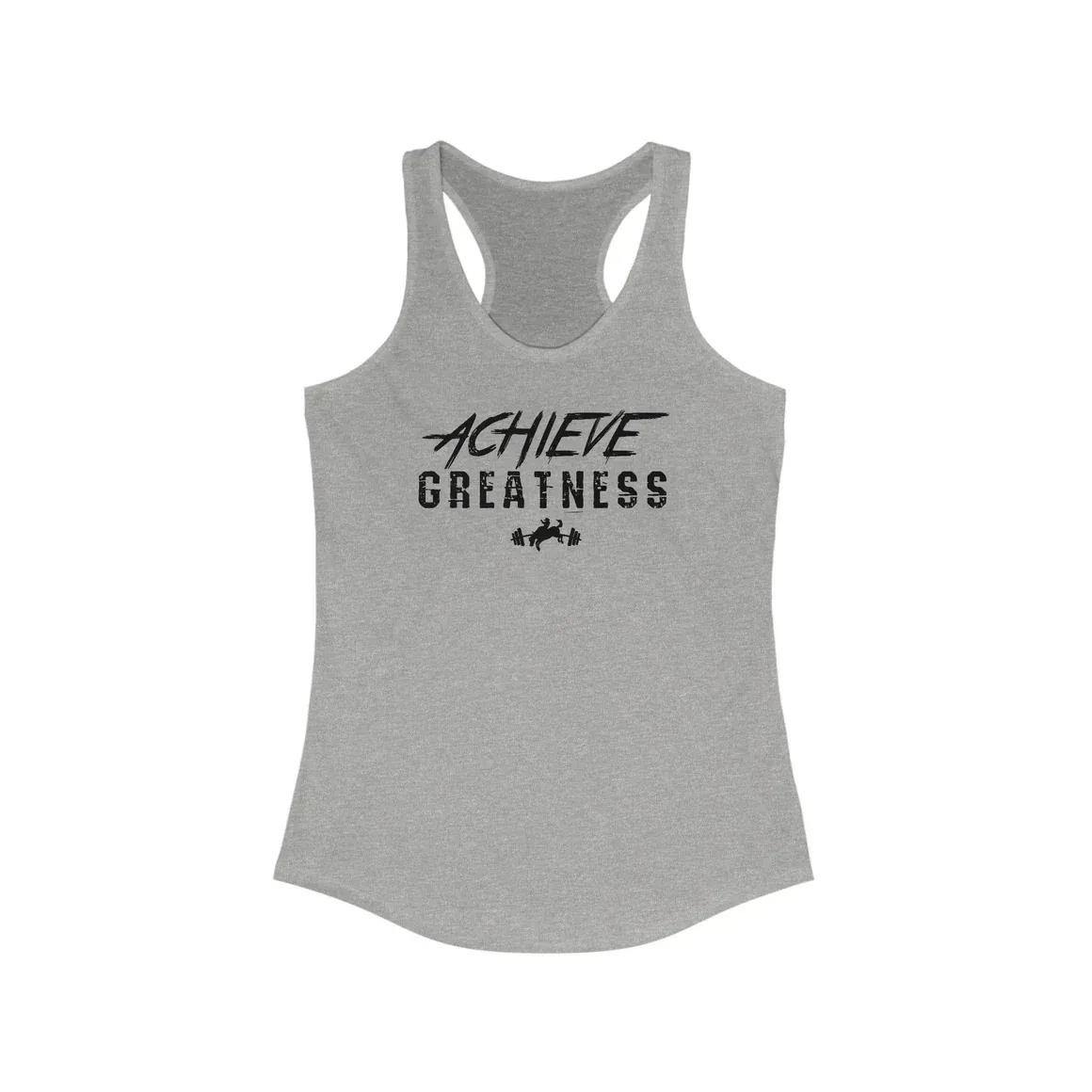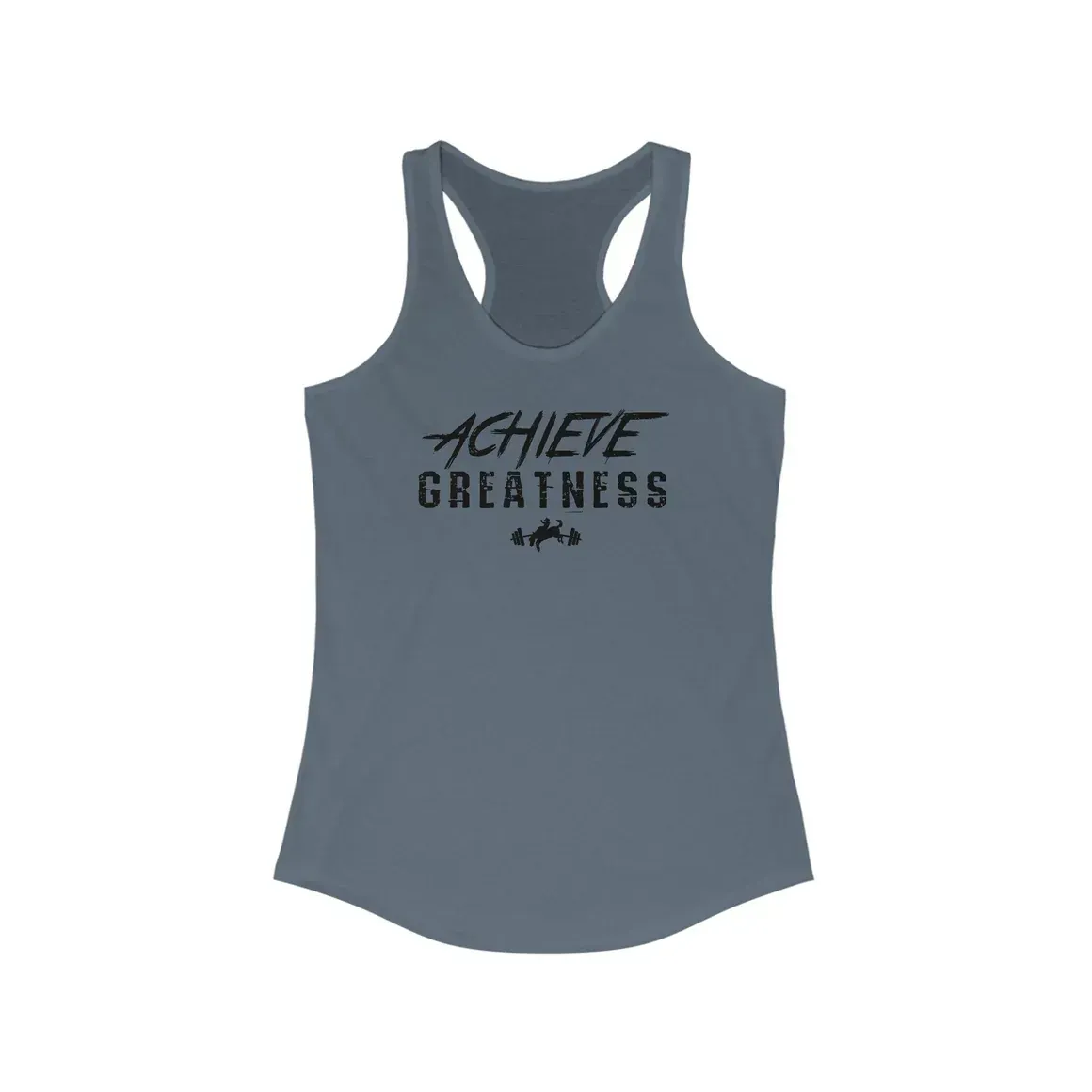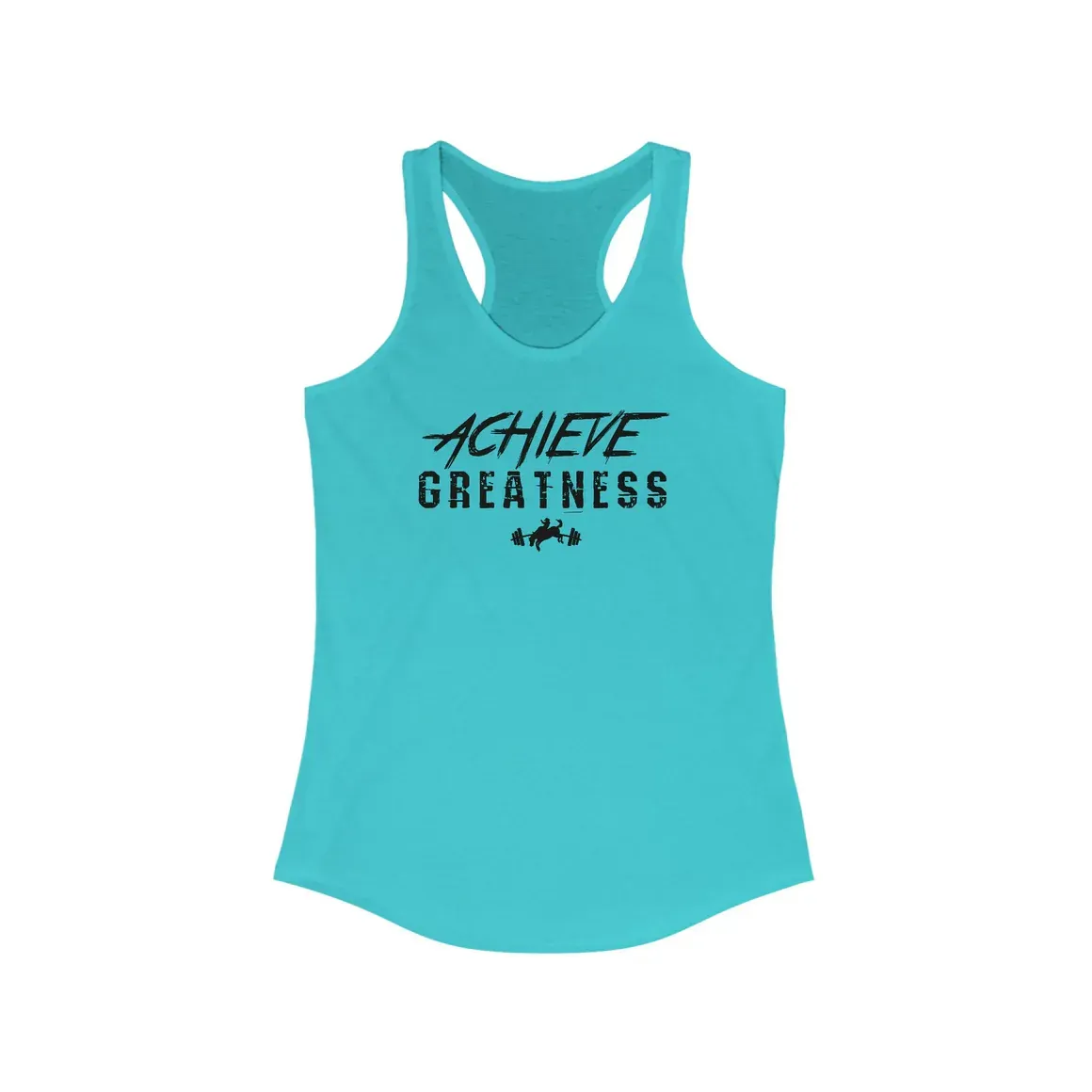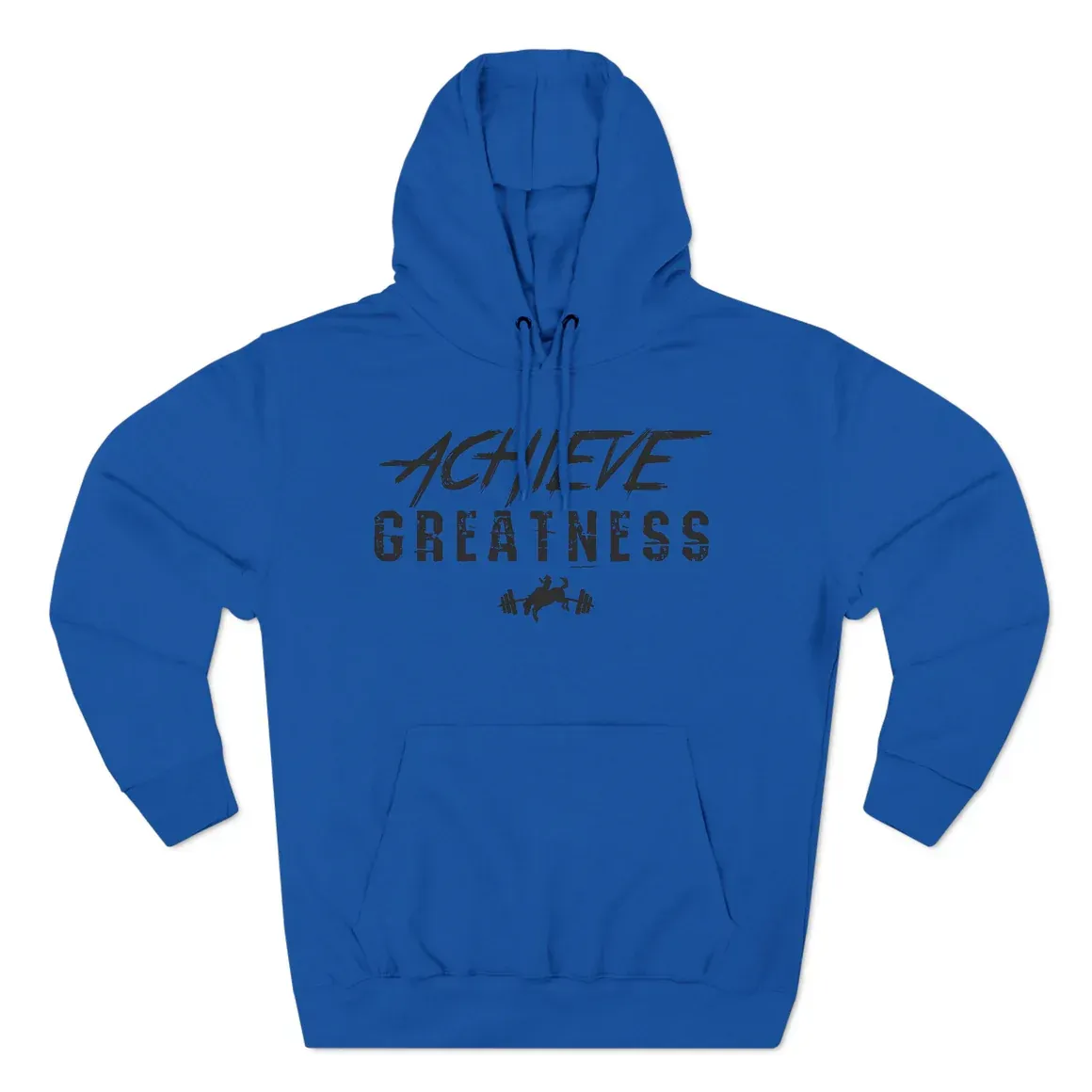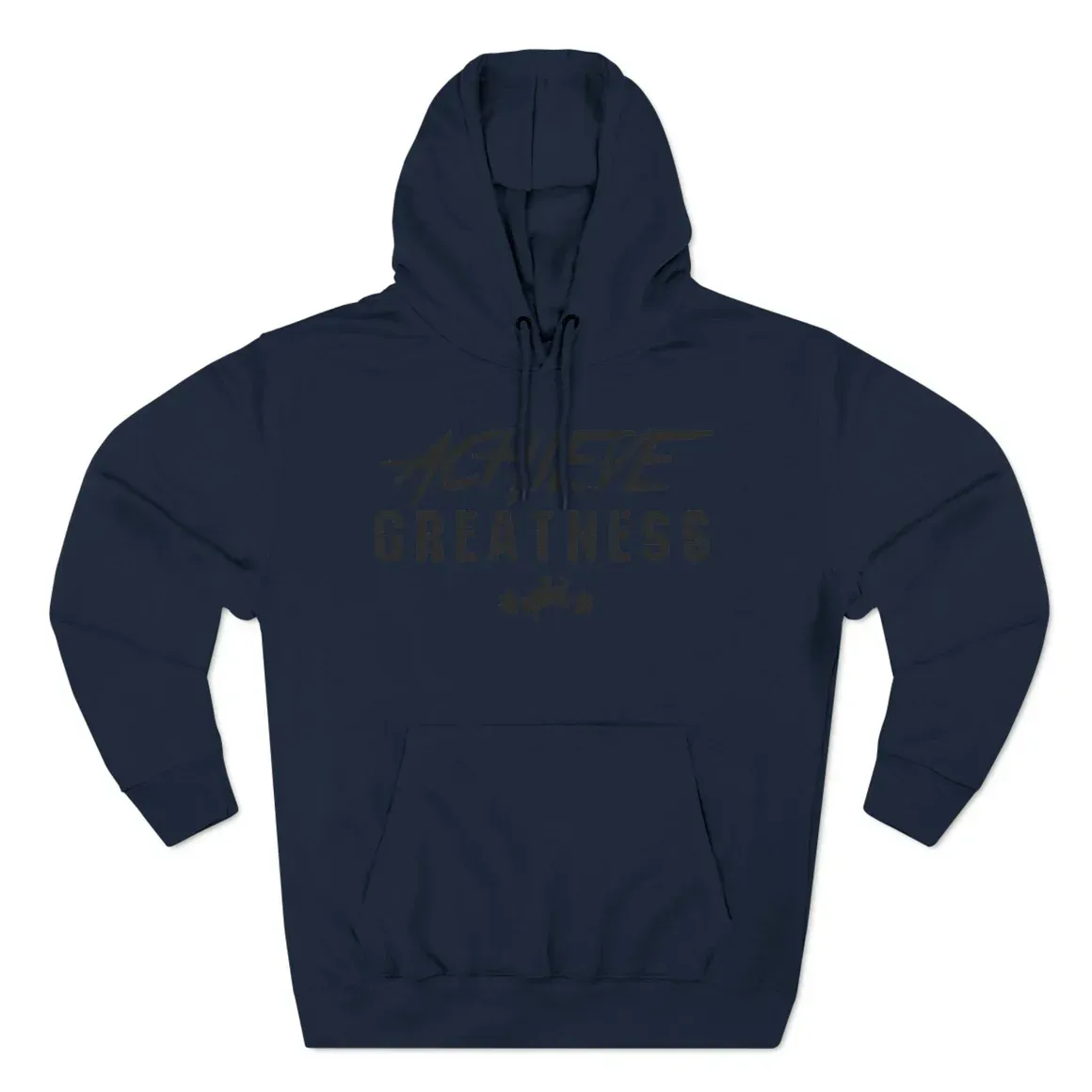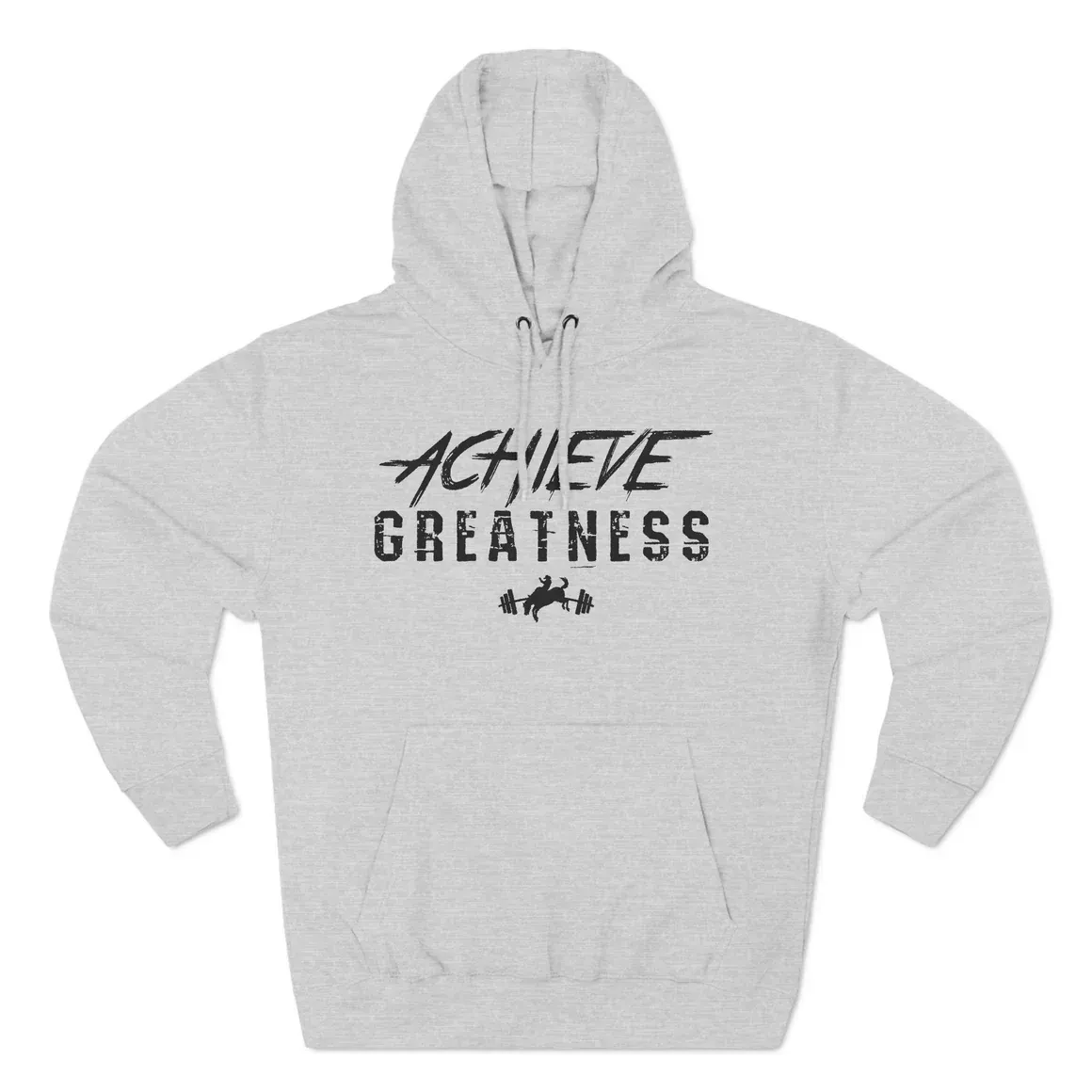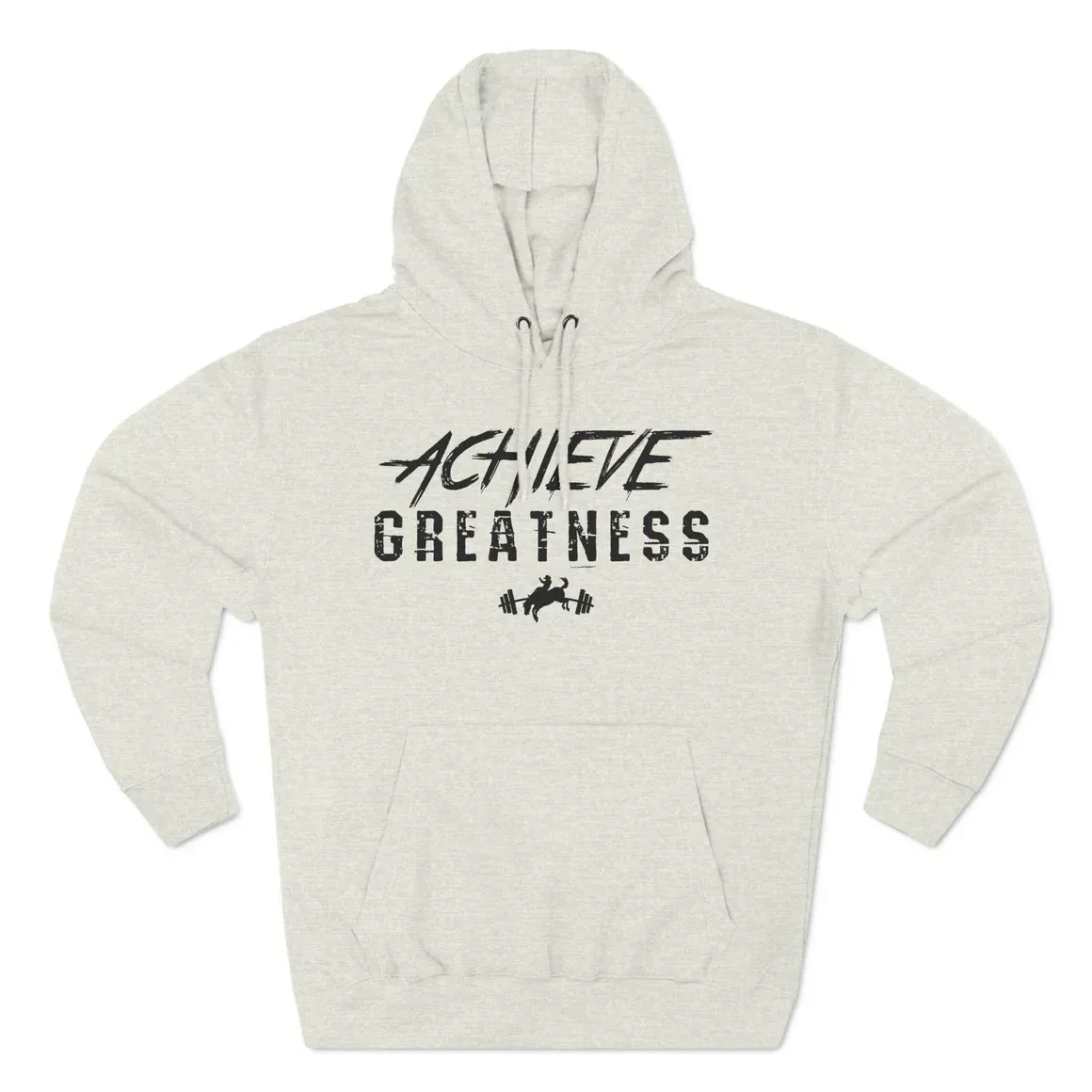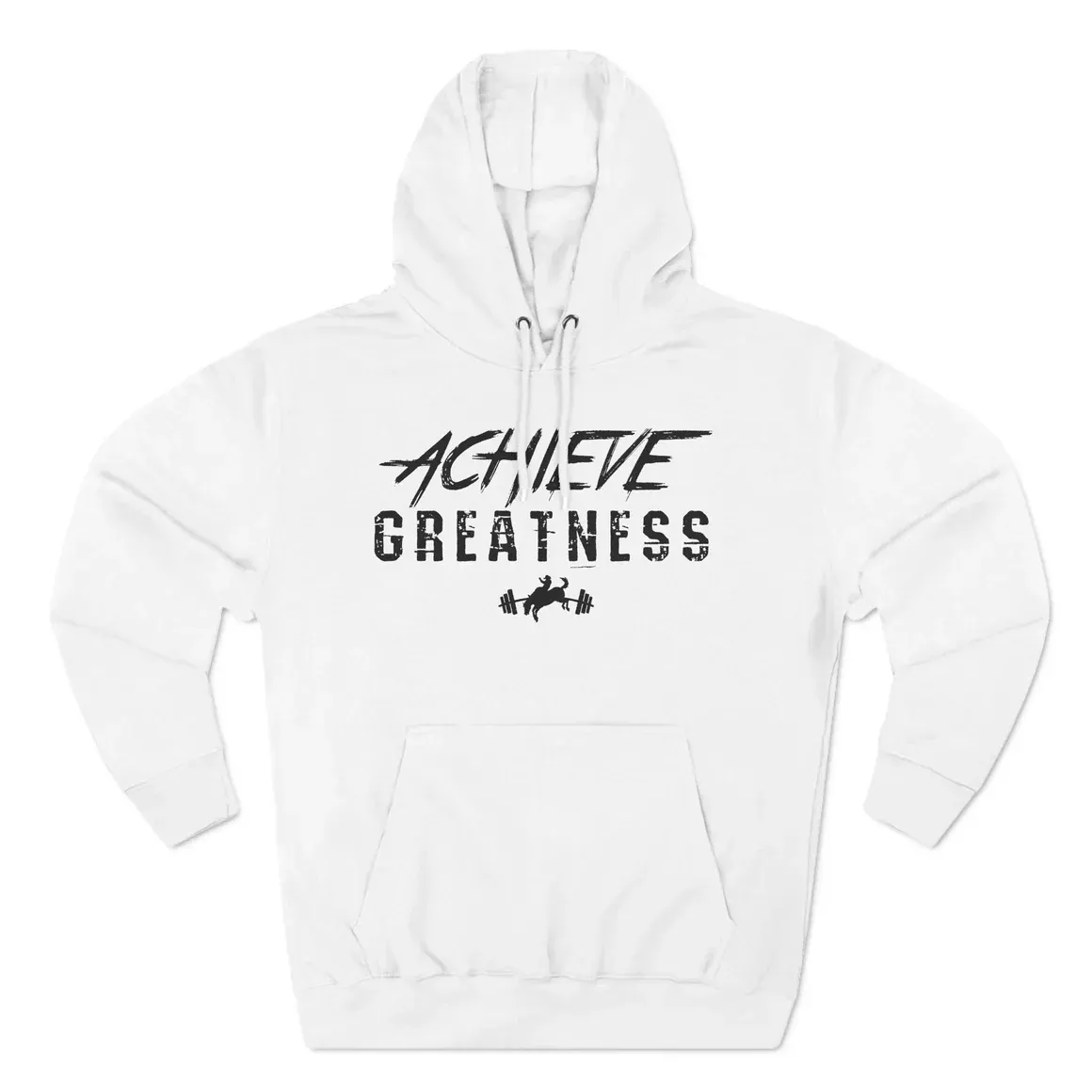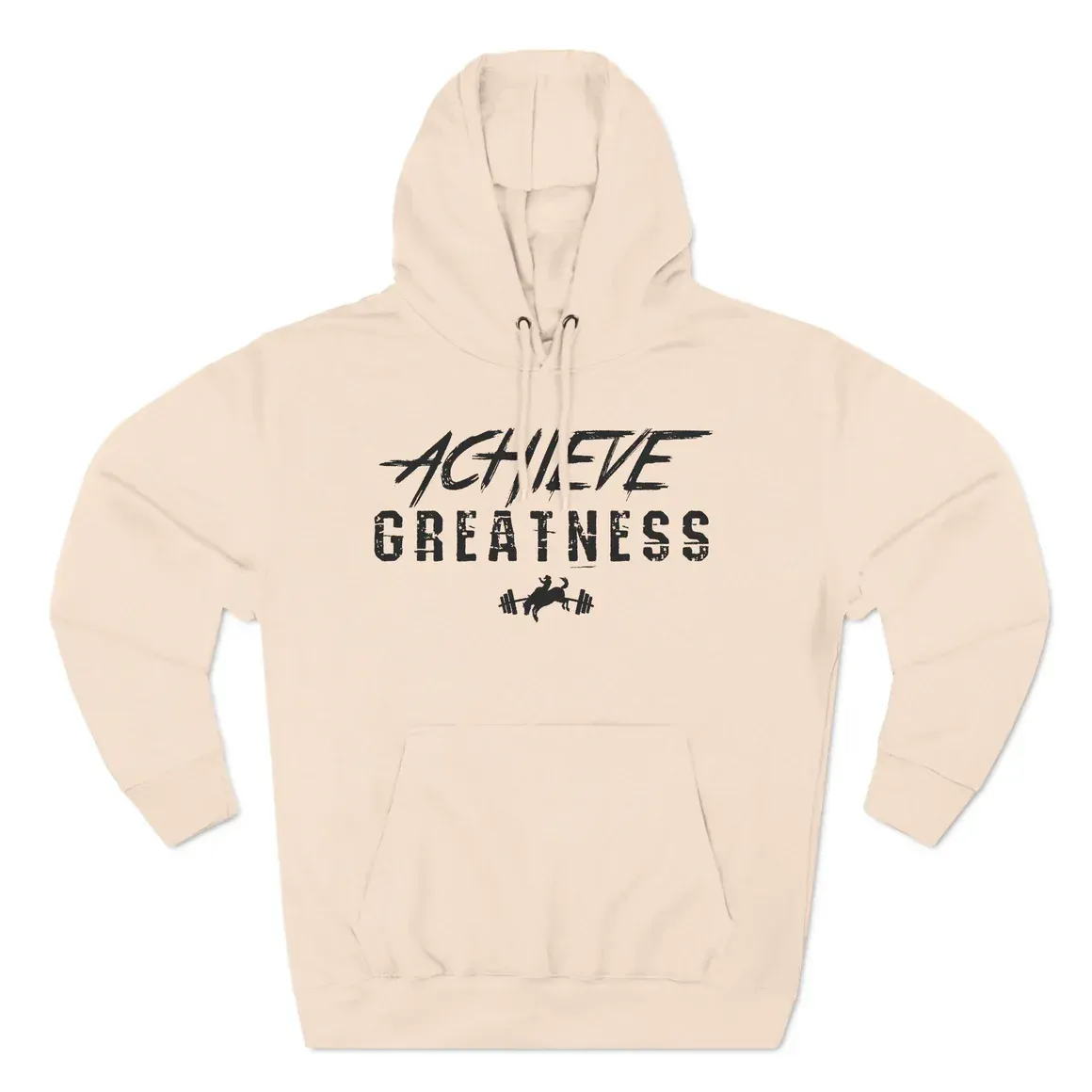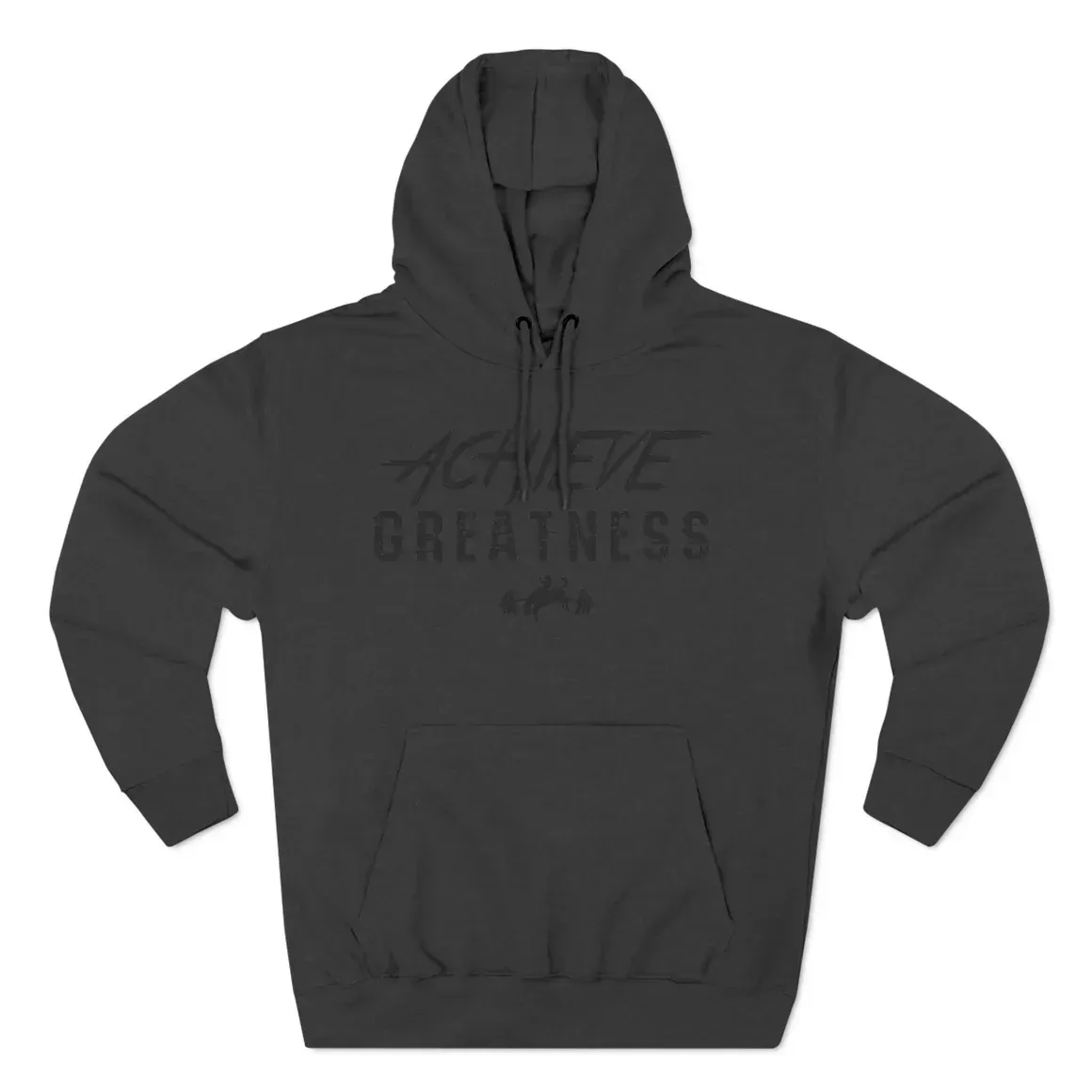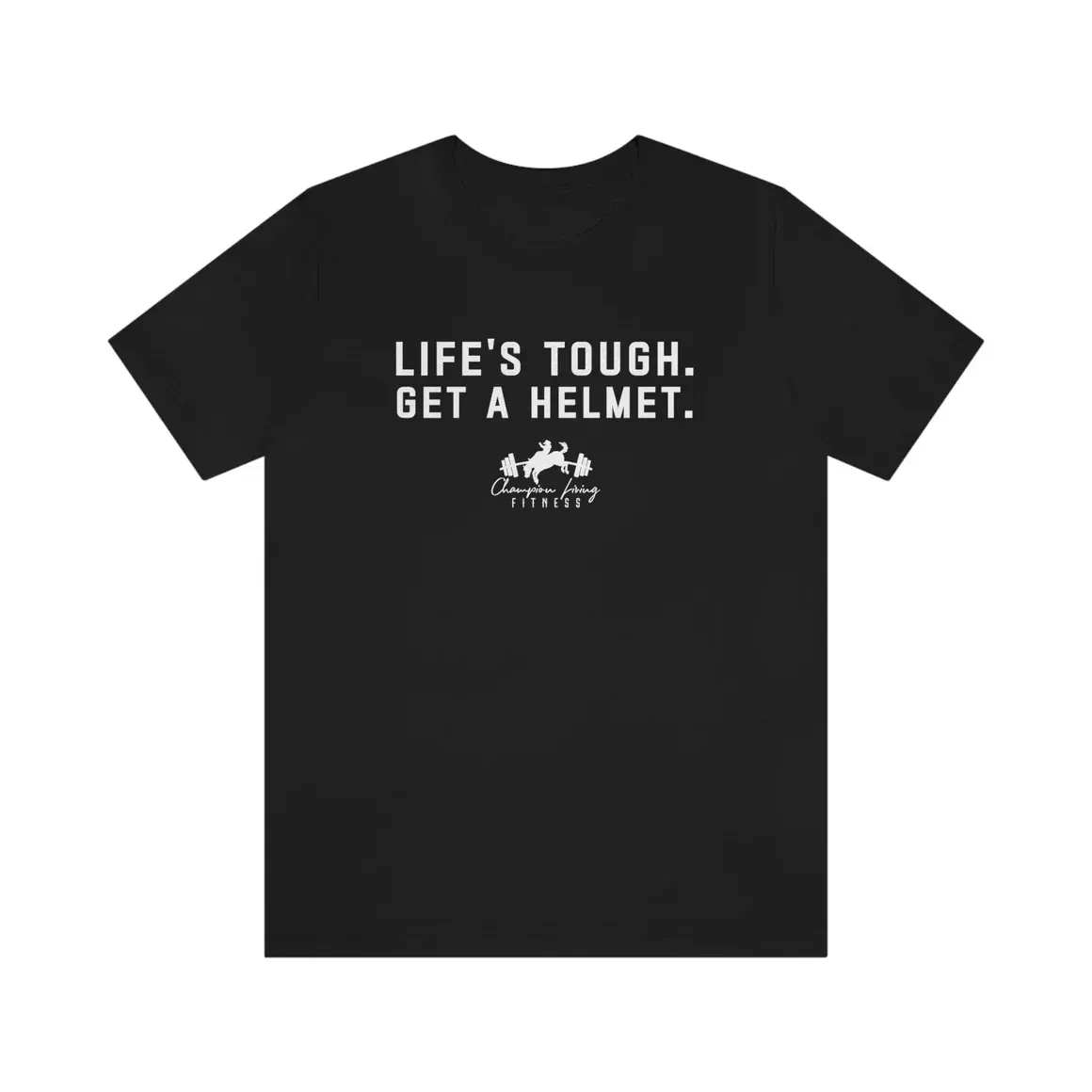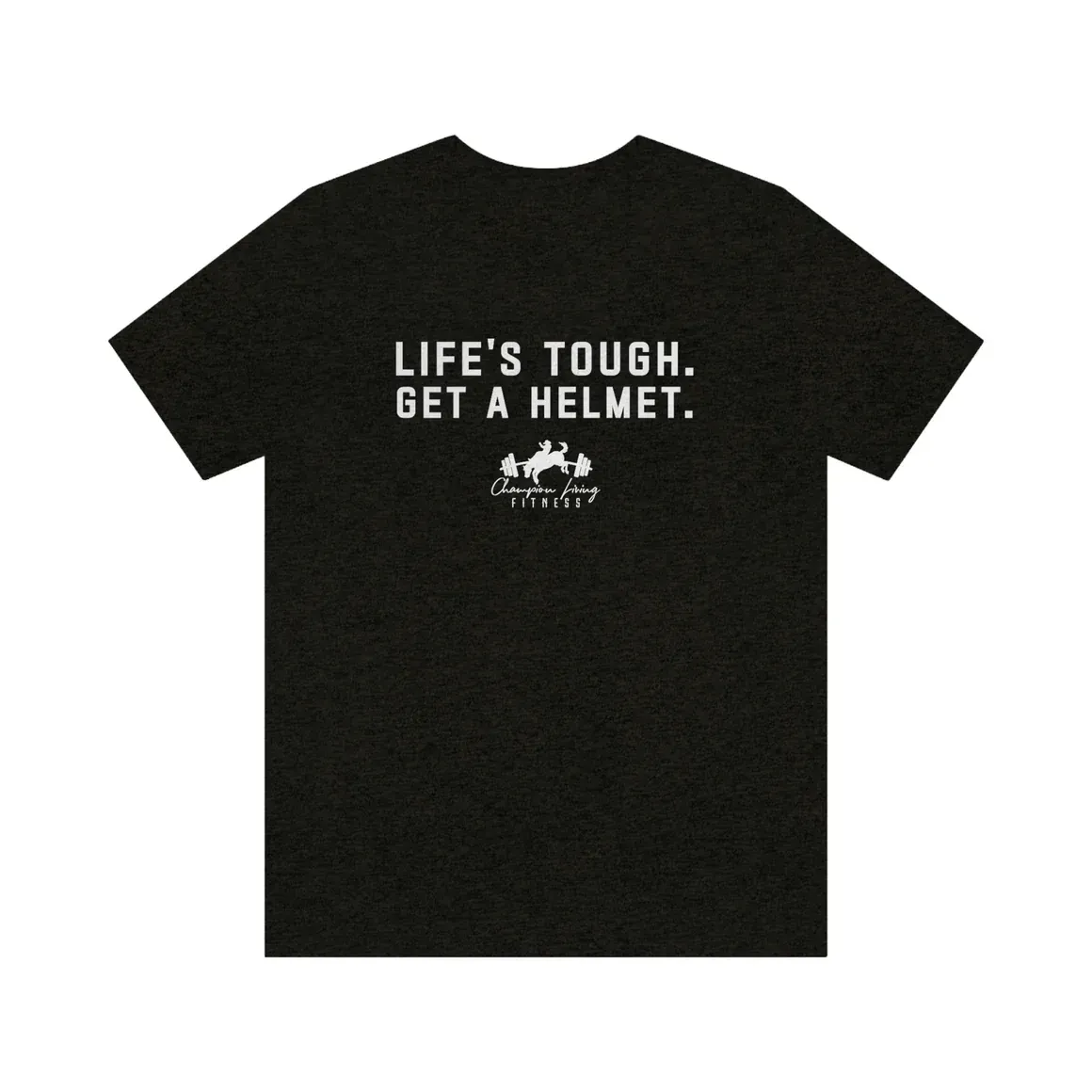Champion Living Fitness
What is Champion Living Fitness?
Champion Living Fitness exists to build stronger, longer-lasting rodeo and western athletes through elite training, expert coaching, and relentless community support — online and in person.
Coaching
At Champion Living Fitness, we have a variety of programs to fit your fitness functionalities! You can choose to use our Champion's Fitness App Workouts, Workout & Fitness, Fitness only, or join our monthly membership to download our trainings and do them on your own time!

PODCAST
Champion Living with Doug Champion
In this trailblazing, first of its kind podcast, you'll have access to everything fitness, nutrition, and mindset as it pertains to the modern day Professional Rodeo Cowboy/Athlete.
Merchandise
"Put in the WORK" Champion Living Fitness Unisex Jersey Short Sleeve Tee
$22.00
"Achieve Greatness" Champion Living Women's Ideal Racerback Tank
$22.00
"Achieve Greatness" Champion Living Unisex Premium Pullover Hoodie
$34.00
"Life's Tough Get A Helmet" Champion Living Fitness Unisex Jersey Short Sleeve
$22.00
Latest
Blogs
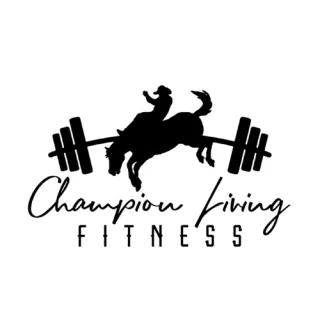
What’s Your Weakest Link?
Top 3 rodeo athlete imbalances—from hip tightness to core instability—and how to fix them for better performance and injury prevention. ...more
Fitness in Rodeo
June 20, 2025•2 min read
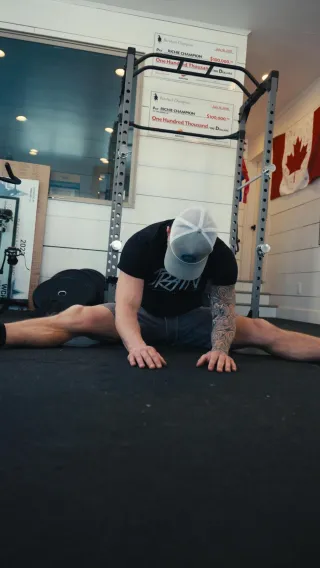
In-Season Strength: Why Rodeo Athletes Can’t Afford to Stop Training
Maintain strength, prevent injuries & stay competition-ready with smart in-season training for rodeo athletes. ...more
Fitness in Rodeo
June 18, 2025•2 min read
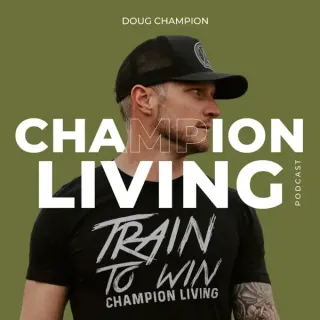
Behind the Scenes of Rodeo Life: Stories, Struggles & What It Takes to Win
Go behind the scenes of rodeo life—stories of grit, failure, family, and fitness from athletes chasing greatness on the trail. ...more
Champion Living Podcast
June 17, 2025•2 min read
SIGN UP FOR COACHING
JOIN OUR MAILING LIST
CHECK OUT OUR PODCAST
FOLLOW US ON INSTAGRAM
WEBSITE DESIGNED BY:

